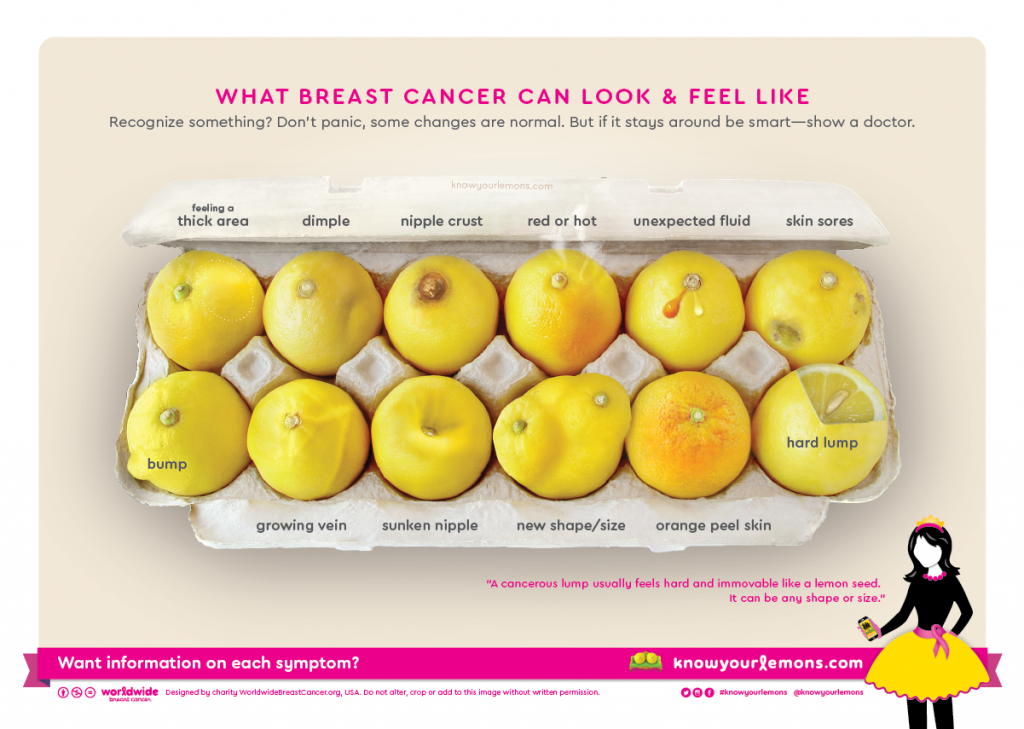Breast care can be confusing. You want to stay healthy, but knowing how, when, or where to be screened for breast cancer can get complicated. You also know screening is important for early detection of breast cancer, but what happens if something out of the norm actually shows up?
Women who are diagnosed with breast cancer rightfully have a team of professionals to help them navigate their next steps, but there’s a lot of information and a lot of decisions to make, even without a cancer diagnosis. That’s why we’re here to help provide some answers on general breast care navigation.
Breast Cancer Screening Options
 When it comes to screening, there are of variety of options, but all essentially keep an eye on what’s happening with breast tissue and any potentially-cancerous changes. The general recommendation is that women should start getting screened at age 45, but they may do so as early as 40, or sooner, if there is a higher risk of breast cancer.
When it comes to screening, there are of variety of options, but all essentially keep an eye on what’s happening with breast tissue and any potentially-cancerous changes. The general recommendation is that women should start getting screened at age 45, but they may do so as early as 40, or sooner, if there is a higher risk of breast cancer.
The following breast cancer screenings can be provided by a health professional:
-
Screening Mammogram: Takes an x-ray picture of the breast to find tumors that are too small to feel. A mammogram is the best way to find breast cancer in most women (the exception being those with dense breasts). Most health insurance plans are required to cover mammograms. Free and low-cost options are also available.
-
3D Mammogram/Breast Tomosynthesis: A type of mammogram which takes multiple x-rays to create a 3-D image of the breast. It has the potential for better detection of cancer, but is not covered by all health insurances.
-
Breast Ultrasound: Uses sound waves to make a picture of the inside of the breast. It is useful for women with dense breast tissue or as a follow up to investigate changes that were first seen on a screening mammogram. Ultrasound is widely available and does not expose a person to radiation. It also costs less than other options.
-
Breast MRI: Uses magnets and radio waves to take pictures of the breast. MRI is used along with mammograms to screen women who are at high risk for getting breast cancer. It may also be used in women who have already been diagnosed with breast cancer.
In addition, a woman may do breast self-exams to get to know her body and to help identify breast changes in-between visits with a healthcare provider. Here’s what to watch for:
Managing Abnormal Screening Results
If something abnormal shows up, it’s time to get a closer look. Schedule an appointment with a healthcare provider, or if it was your healthcare provider who found it, he or she will ask you to return for more tests. While this can be scary, it doesn’t necessarily mean you have cancer.
At your follow-up appointment(s), you can expect one or more of the following:
-
Diagnostic Mammogram: Like a screening mammogram, but used to check out symptoms of breast cancer (such as a lump). It involves two or more X-ray views of the breast.
-
Breast Ultrasound: (See Screening Options)
-
Breast MRI: (See Screening Options)
-
Biopsy: Taking a small sample of breast tissue to test if a certain area is cancerous or not
